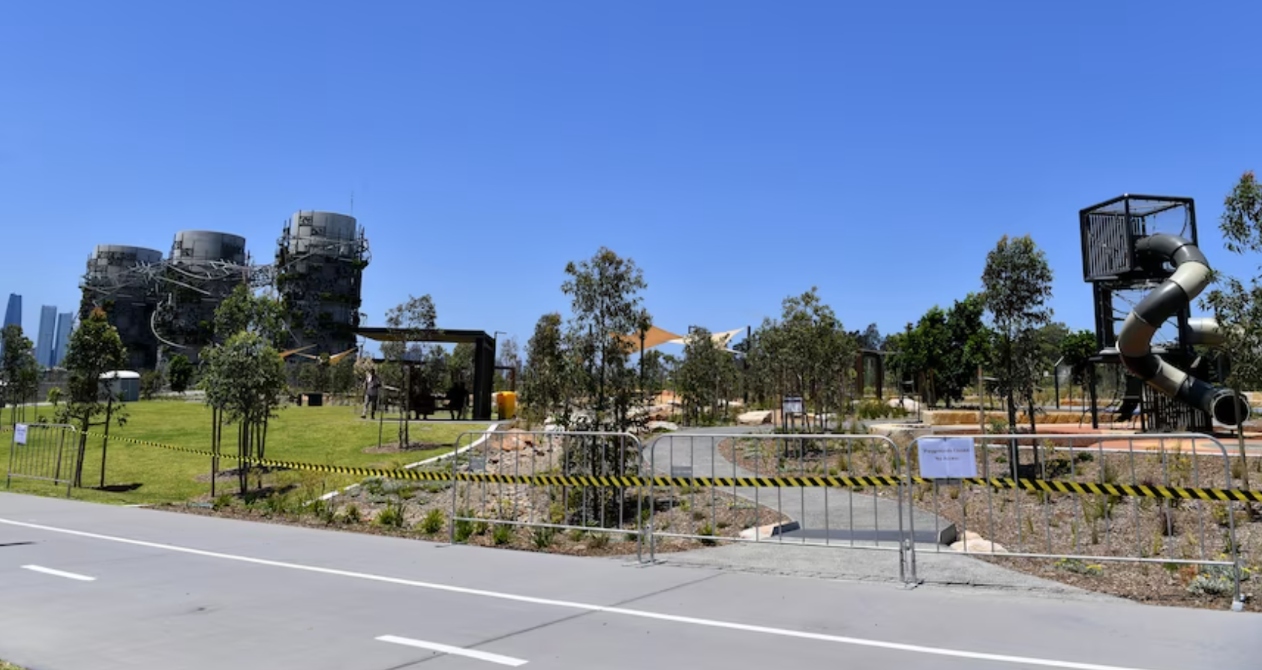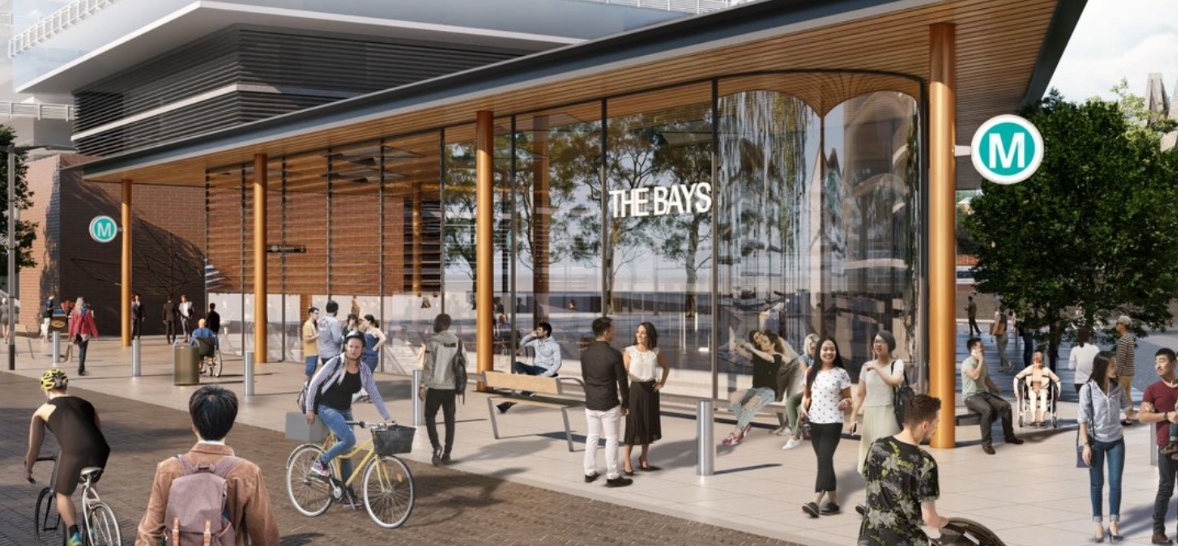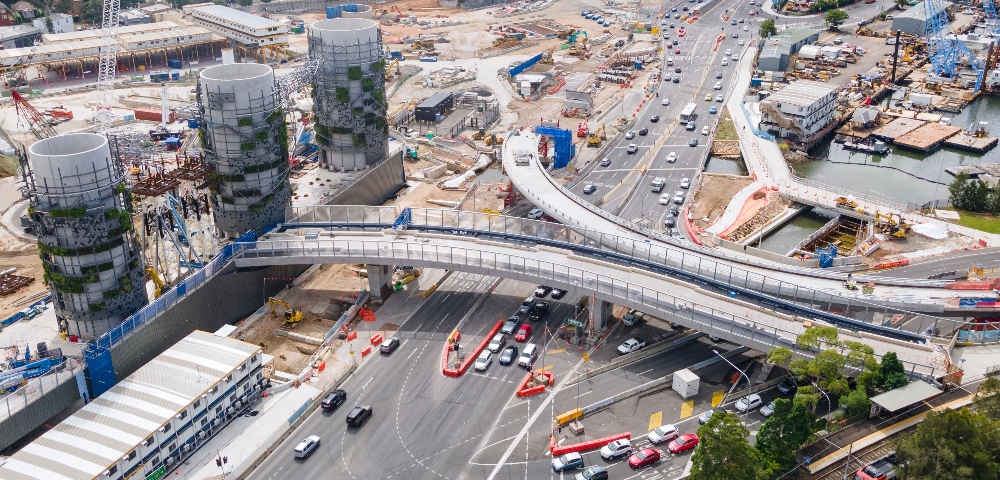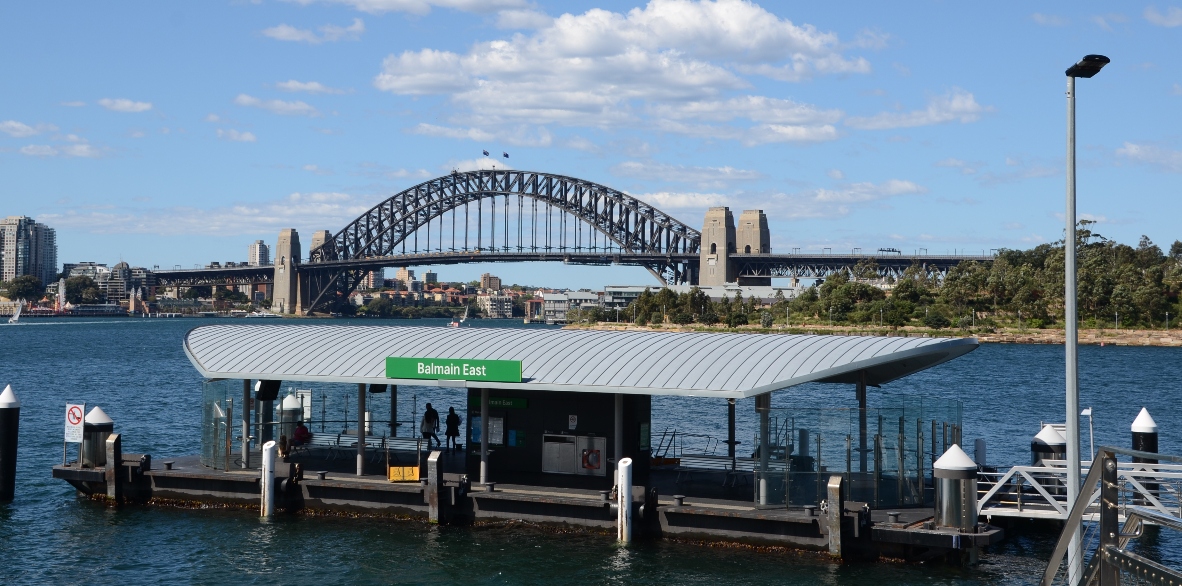
Cooks River clean-up
By: Gabriela Szymanowska
The Cooks River faces serious health issues. Feeding into Botany Bay, the river serves as the western most boundary of the former Marrickville Council. Inner West Greens Councillor Colin Hesse points out that the biggest threats to the river.
“One is that we need to make sure that our sewer pipes are cleaned up and not overflowing into the river, that’s a very big issue. There’s the ultimate question of run-off. So, there’s both the visual pollution as well as the E. coli pollution,” Hesse said.
Hesse argues that plastic bags are one of the largest contributors to visual pollution in the river.
“Local government can’t regulate the ban of single use plastic bags, as much as we would like to, or as much as I would like to. So, we’ll be putting pressure hopefully on the state government,” Hesse said.
The rapid urban development around the river contributes to an increase in pollution. As it rains the concrete surfaces force the water to flow directly into the river taking with it the different pollutants, such as oil, leaves, plastics and more.
Sue Burton, executive officer of the Cooks River Alliance, said that there needs to be more rain gardens and permeable surfaces located near the river to reduce the amount of pollution flowing into the river. The water would filter down through the different layers, essentially slowing the water down and allowing cleaner water to enter the river.
Though gardens would significantly help reduce the number of new contaminants entering the river, the river remains polluted.
In order to reduce the amount of visual pollution in the water, the Inner West Council added 23 gross pollutant traps (GPTs) in several locations along three catchment areas—the lower Parramatta River catchment, Sydney Harbour and the Cooks River.
Sydney Water also operates 18 GPTs in the form of metal trash racks, floating litter booms and underground basket traps across the Cooks River. Over the last five years, the traps removed 4156 cubic metres of rubbish and 945 tonnes of sediment.
“Sydney Water now has three litter booms, one in Muddy Creek and two along the main river itself and collectively, the two on the main river pull out on average 20 cubic metres of plastic and organic matter each week,” Burton said.
According to Sydney Water, 60 percent of the rubbish that they collect from the river is organic litter, while 40 percent is non-organic.
Burton points out that almost half a million people live along the catchment. Everyone needs to do their part to keep the area clean by picking up rubbish or keeping leaves out of the gutter, then less waste would end up in the river. While rain gardens contribute to the vitality of the area, slowly decaying leaves can release more nutrients in the river resulting in a foul smell.
“The New South Wales government has been undertaking coastal management reforms and that outlines coastal zone management areas and that requires councils and public authorities to develop plans to manage those coastal zone areas,” Burton said.
The Cooks River Alliance is currently working on a Cooks River Catchment Coastal Management plan that will adhere to the new reforms by the state government. Burton said that this will require action from the councils.
The Alliance will begin a scoping study in April that could take nine months to complete as part of the first process in creating the Cooks River Catchment Coastal Management plan. This plan aims to unify the different councils—Canterbury-Bankstown, Strathfield, Inner West and Bayside—all of whom have different management plans.
The entire management plan could take around four years to complete, but the unification would help to outline common objectives.
One concern for Clr Hesse is that with the recent forced amalgamation there will be less focus on the Cooks River.
“From the Greens perspective, we’re concerned that the amalgamation has affected the ability of us to focus on the Cooks River, because the amalgamation between the West Council puts the majority of the population of the West Council in the catchment of Sydney Harbour, not the Cooks River. Whereas, with the old Marrickville Council, the majority of us were in the Cooks River Valley,” Hesse said.
However, the Cooks River Catchment Coastal Management Plan can renew focus on the concern of the health of the Cooks River and revamp efforts to make the river cleaner.









